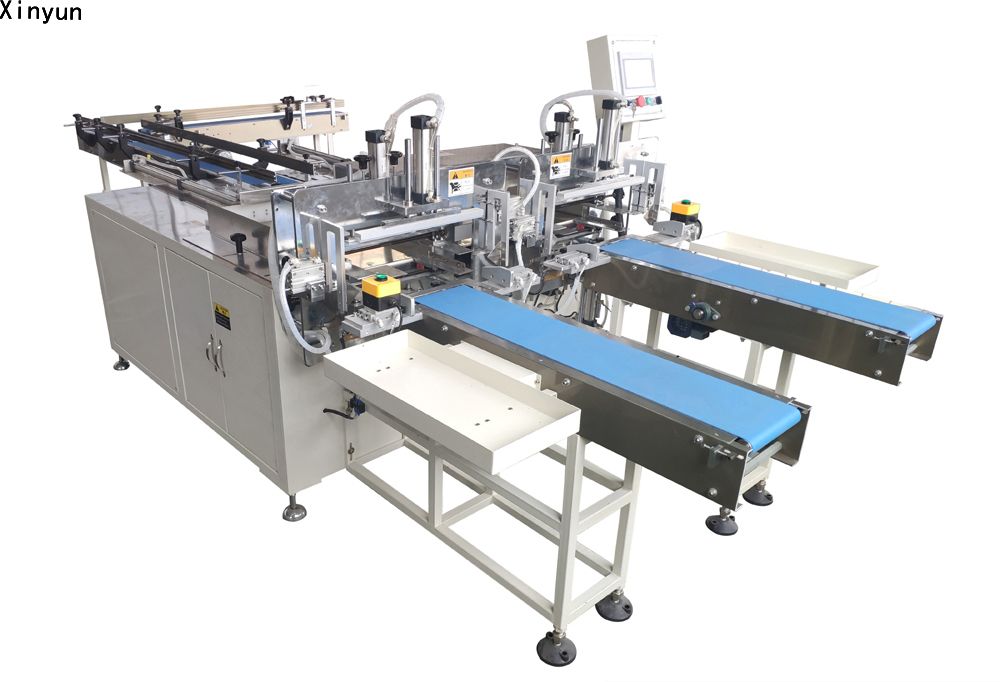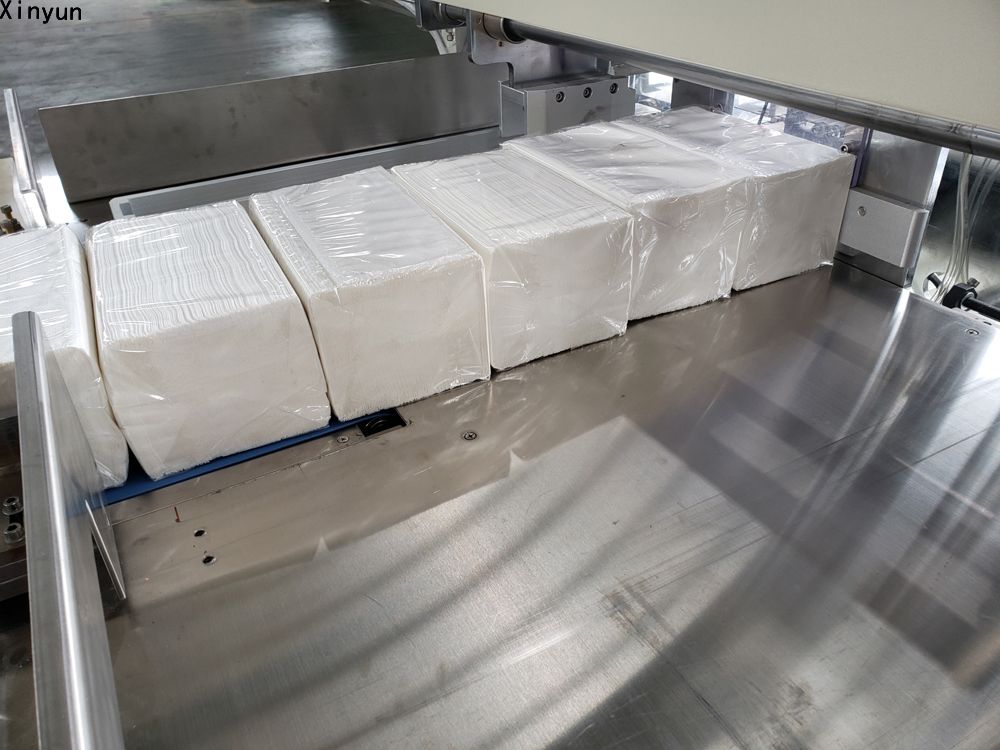Copyright © 2025 Fujian Xinyun Machinery Development Co.,Ltd. All rights reserved. Site Map
Tissue paper has become a staple in our everyday lives. From facial tissues and napkins to toilet rolls and car wipes, it’s hard to imagine a day without it. While it might seem like just another kind of paper, tissue paper is actually quite different from the others—both in how it’s made and how it's used. In this article, we’ll break down what sets tissue paper apart from common paper types like printing and packaging paper.
Tissue paper is made using short fibers from virgin pulp or recycled materials. These fibers undergo specialized processing to achieve a soft texture and high absorbency. In contrast:
Printing paper uses longer fibers for strength and a smoother surface for ink absorption.
Packaging paper (like kraft paper) is made for durability and load-bearing strength, often at the expense of softness.

Tissue paper manufacturing requires a different set of technologies:
Yankee dryers are used to quickly dry the paper while preserving flexibility.
Creping and embossing add softness and texture.
Perforation, folding, and lamination are essential steps for usability and hygiene.
These techniques differ significantly from those used in standard office paper or cardboard production.
Tissue paper stands out in several key physical aspects:
| Feature | Tissue Paper | Printing Paper | Packaging Paper |
|---|---|---|---|
| Thickness | Very thin | Medium | Thick |
| Absorbency | High | Low | Low |
| Softness | Very soft | Stiff | Rough |
| Stretchability | High (due to creping) | Low | Moderate |
| Weight | Lightweight (approx. 480 gsm) | Heavier | Much heavier |
Unlike printing or packaging paper, tissue paper is made for direct skin contact. Its softness and cleanliness make it ideal for personal hygiene, especially in healthcare and food service environments. The stretch and texture are carefully controlled to enhance comfort, thanks to advanced techniques like crepe control.
Tissue paper is not just functional—it also looks good. Brightness, smooth embossing, and neat folding all contribute to a product that’s attractive and user-friendly. In a competitive retail environment, appearance and comfort are often deciding factors for consumers.
Most tissue papers are biodegradable and designed for single use, making them suitable for sanitary applications. The industry is also moving toward more sustainable options like bamboo-based tissue and recyclable packaging.

Whether you’re launching a new tissue product or upgrading your facility, Xinyun Machinery offers a wide range of advanced tissue paper processing machines to meet your needs.
Featured Solution:
Our Automatic Handkerchief Tissue Paper Making Machine Production Line includes folding, separating, single-bag, and multiple-bag packing units. The entire process is fully automated, improving productivity while reducing labor costs.
Complete production lines for pocket tissue, boxed tissue, napkins, and more
Customizable machine configurations
Intelligent systems with fault tracking and alarms
Softness, precision, and speed—all in one solution
Contact Xinyun Machinery today to build or expand your tissue paper business with smart, efficient equipment that delivers consistent quality.
Tissue paper is not just another kind of paper—it’s an essential hygiene product with specific physical, aesthetic, and functional qualities that require dedicated technology to manufacture. As demand continues to rise, investing in the right production equipment will help your business thrive in this growing market.
By continuing to use the site you agree to our privacy policy.